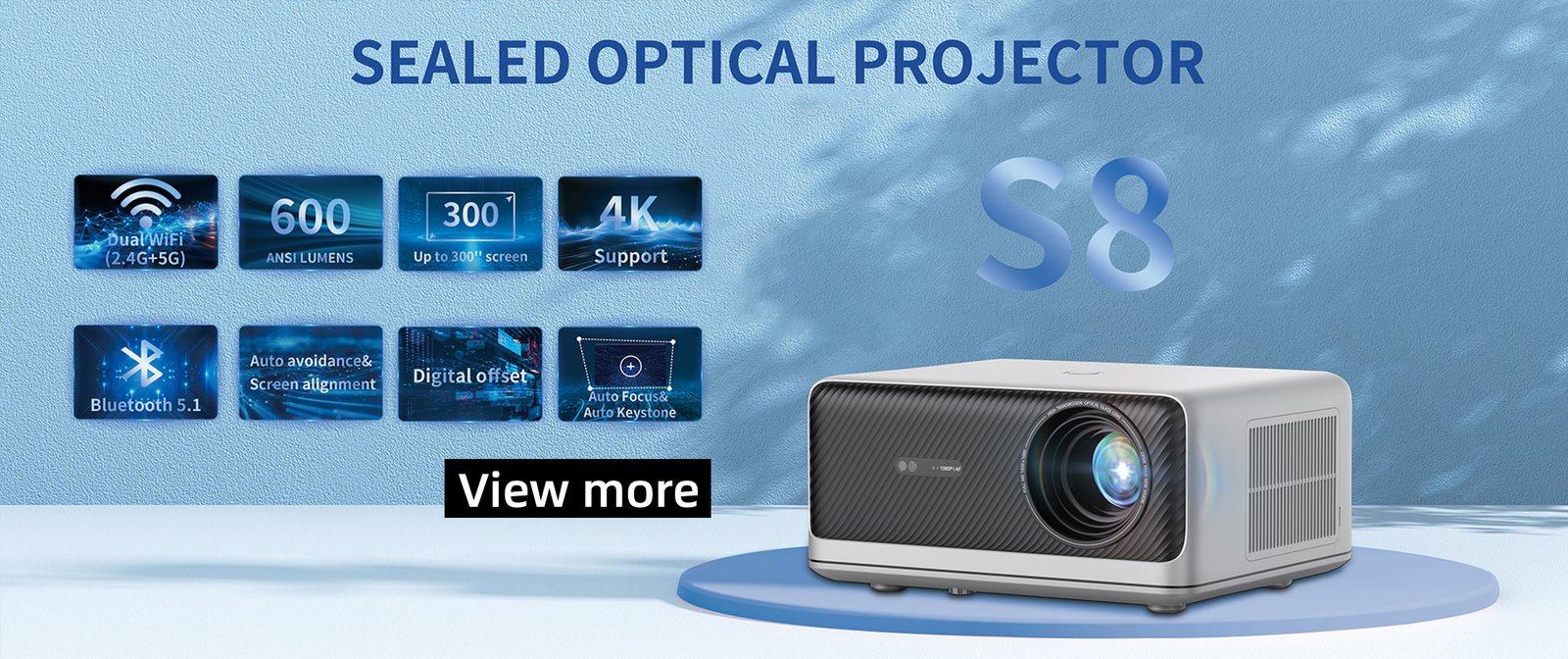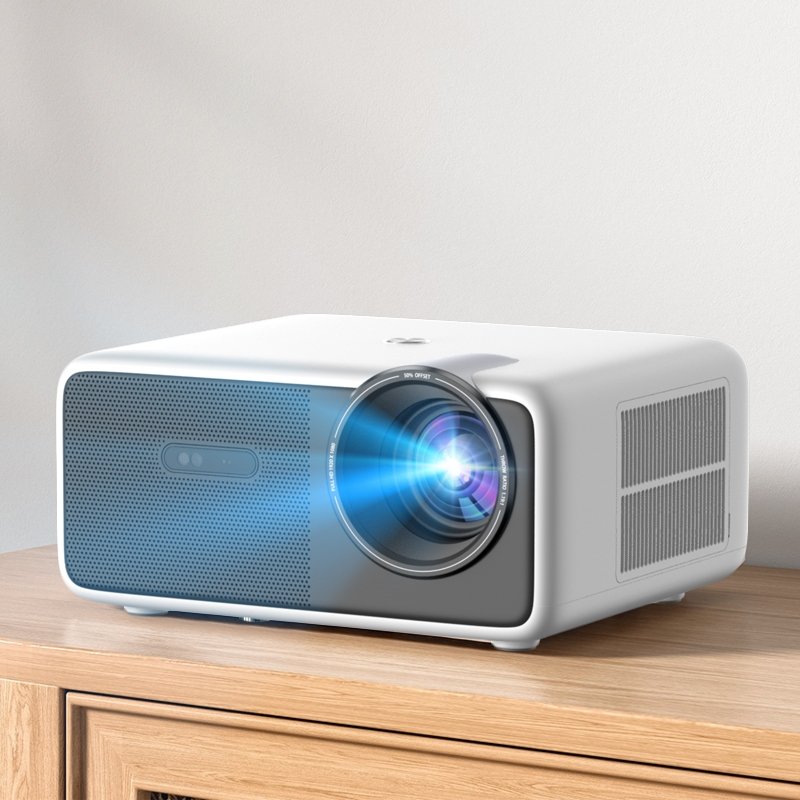When you are choosing a home projector, the primary consideration is the resolution.
1.Resolution
Make sure to opt for a Projector For Home with a resolution of 1080p or even 4K for clear and lifelike image quality. With a higher resolution, you can enjoy your favorite movies and games with more detailed and vibrant colors, creating a more captivating visual experience.
2.Brightness
Brightness is also a crucial factor when selecting a datashow projector. Measured in lumens, brightness is especially important if you plan to watch content in various lighting conditions. Choosing a overhead projector with a higher lumen count ensures that the image remains clear and visible even in well-lit rooms, providing you with a better viewing experience.
3.Input
When choosing a wireless mini projector, multiple input options are another aspect to consider, such as HDMI, USB, and wireless connectivity. This ensures compatibility with various devices, from Blu-ray players to gaming consoles and streaming devices, offering you a seamless and worry-free user experience.
4.Throw distance
Furthermore, understanding the throw distance of the small lcd projector is key to achieving the desired screen size in your home. Measure the distance from the projector to the screen or wall and choose a 4k tv projector with an appropriate throw ratio for your space. This ensures that you can achieve the optimal screen size without compromising image quality.
5.Lamp life
Considering the projector’s lifespan and maintenance requirements is also crucial. Opt for a projector with a reliable lamp life, and explore models with low maintenance features, such as easily replaceable lamps. This ensures that your home entertainment setup remains enjoyable for an extended period with minimal disruptions.
6.Other
Lastly, when choosing a mini portable projector, look for user-friendly features. Features like keystone correction, zoom capabilities, and intuitive menu systems contribute to easier setup and customization, making it more convenient for users to tailor their entertainment environment according to their preferences.
In conclusion, by carefully evaluating factors such as resolution, brightness, connectivity options, throw distance, longevity, and user-friendly features, you can create a visually stunning and immersive home entertainment space suitable for a variety of activities.


